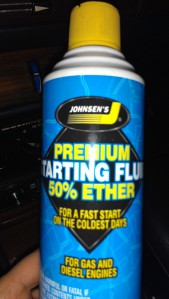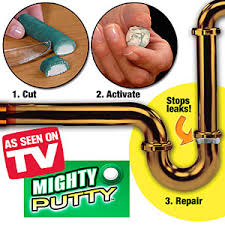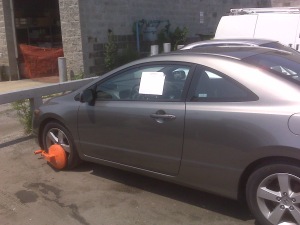
When I started driving veggie-powered cars back in 2008, I really expected it to last about a year…maybe two. At that time, I was mostly just happy that there was still a legal way (ok, maybe legal) to stick it to the man. My plan was to do said sticking for a while and then look for a new hybrid or fully electrical car (EV).
Plans change. Since 2008, I’ve owned two waste vegetable oil (WVO) powered vehicles–my original 1983 Mercedes 240D, and a 1995 Mercedes E300D. While both were fine cars, and worked well with grease, the 240D is the only one I’ve kept and still serves as my daily driver (100 miles + daily). I’ve found that the older the car is, the easier it is to convert to WVO. Also, routine maintenance (and there is a fair amount) is much easier on the older models.
So as we plow our way into to 2012, here is my list of “Top Three Things I’ve Learned About Veggie Cars Since 2008”:
1) Line up your grease supply before you take the plunge. Everybody knows somebody with buddy in the bar or restaurant business. Get to know these people before buying or converting your first grease car. Ask them if it’s cool to take their weekly waste oil off their hands. They will likely be happy to be rid of it for free, if you live on the East Coast where it still costs money to have it hauled away. If you are out West, where people actually care about the planet, restaurants actually get paid for their waste fryer oil.
It wouldn’t hurt to buy your supplier a drink from time to time or throw them a plug in your blog.

2. You will burn some diesel. There have been many times, when for a number of reasons, my supply of veggie oil has run low, or completely out. I used to stress out about it. Now I accept that at least 30% of the miles I’m going to drive will be on dyno diesel. In fact, from December through March, I run an approximate 50/50 grease/diesel mix. This assures that I will be able to start the car on winter mornings. I tried running only WVO a few winters back. If the temperature dropped below seven degrees, the bitch wouldn’t start. Apparently seven is the magic number.
3. It will stop being cool. Yes, I must admit, when I started the WVO adventure, I was lured by the cool factor of having a car that did not rely on conventional fuel. Certainly, it made for good party conversation. But eventually (about 20,000 miles into it) the cool wore off and was overshadowed by the fact that it does take some work to run your car on WVO. What you have is a trade off. The question you will have to ask yourself is whether it’s worth your time to save the money at the pump. Everyone puts a value (or should) on their time. My attorney certainly does. You should too. I’m fortunate that I’ve got my weekly fuel routine down to about one hour and that includes procuring, filtering, and pumping. Also, my wife has an eagle eye for five gallon containers of oil sitting outside restaurants. She’s responsible for picking up at least half my supply. Thanks honey.
Soon I will pass the mighty 240D on to my son, who has recently turned 16. I figure 77 horsepower is not enough to get him in serious trouble. Also, while it might not have the safety features of modern cars, he’ll be surrounded by a damned big hunk of steel. Until then, please feel free to email me with your questions and comments. If I can, I’ll be happy to help you stick it to the man.
For additional help, visit my articles at Gas2.0.















